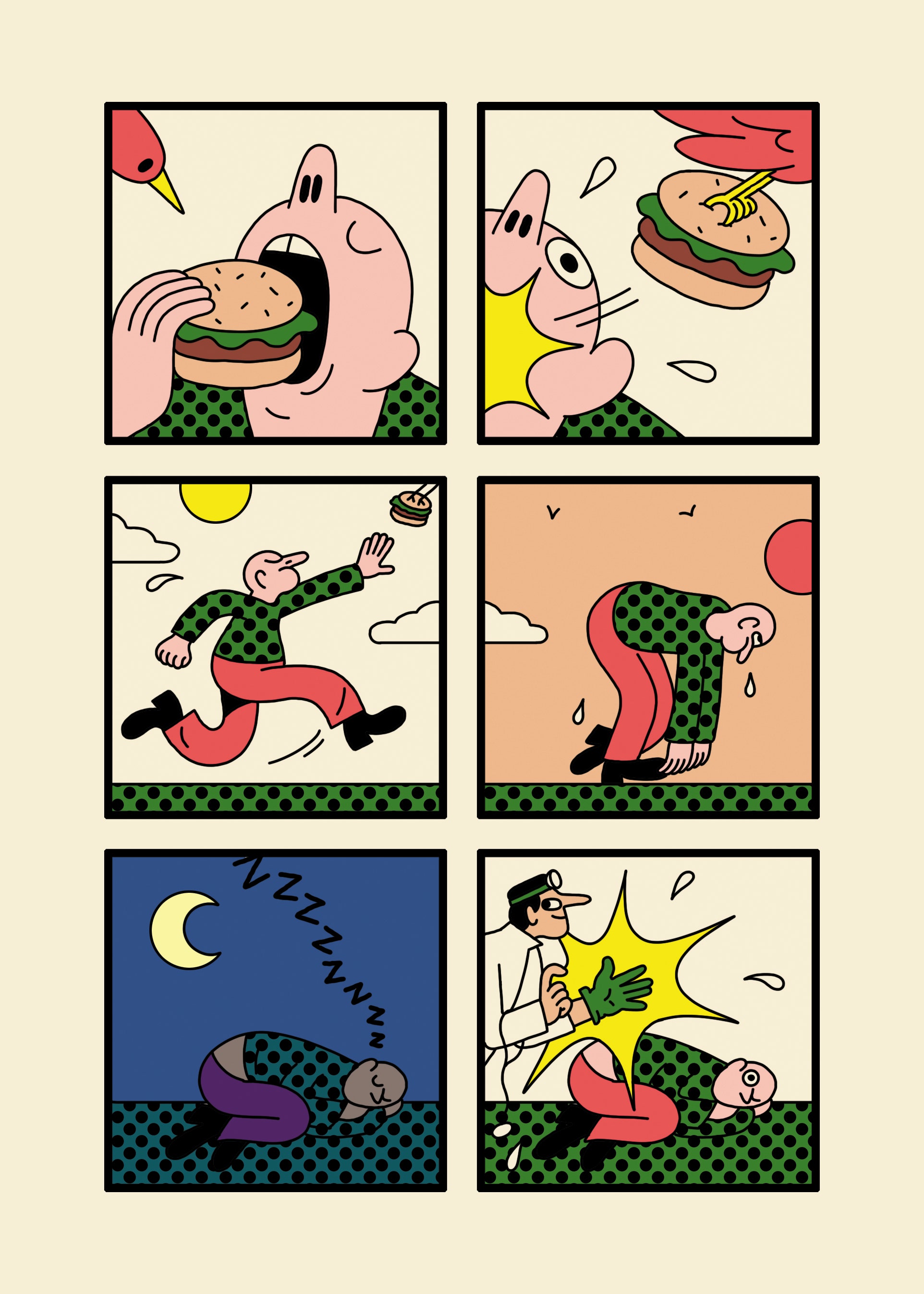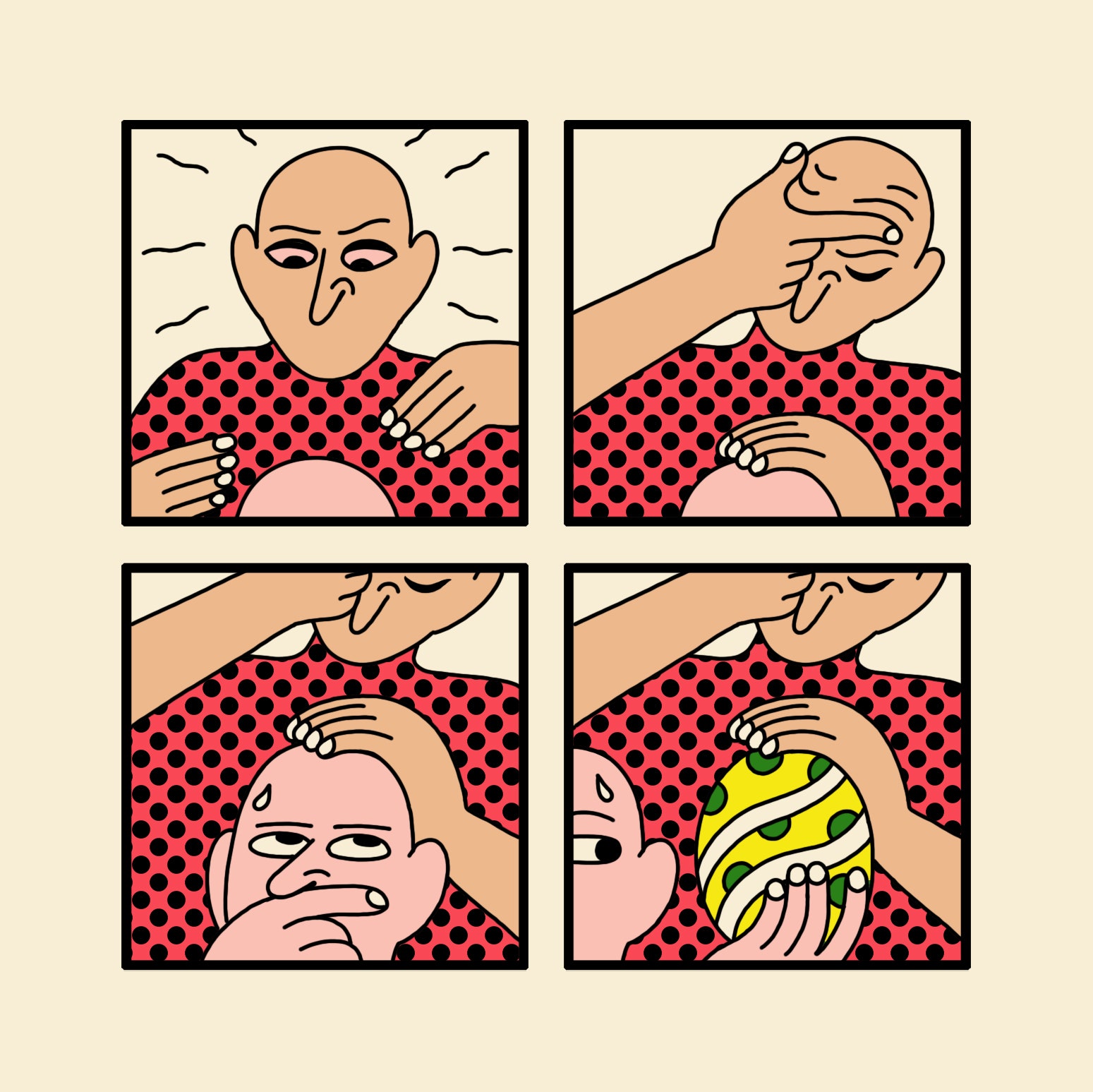An Augmented Reality Program Can Help Patients Overcome Parkinson’s Symptoms
An Augmented Reality Program Can Help Patients Overcome Parkinson’s Symptoms
Parkinson's disease is a neurological disorder that affects movement and can...

An Augmented Reality Program Can Help Patients Overcome Parkinson’s Symptoms
Parkinson’s disease is a neurological disorder that affects movement and can cause tremors, stiffness, and difficulty with balance and coordination. While there is no cure for Parkinson’s, there are treatment options available to help manage symptoms and improve quality of life for patients.
One promising new approach is the use of augmented reality (AR) programs to assist patients in overcoming some of the challenges associated with Parkinson’s. AR technology can provide visual cues and feedback to help patients improve their movement and coordination skills.
For example, a virtual reality game could help patients practice walking or reaching for objects in a safe and controlled environment. By using AR programs regularly, patients can track their progress and make adjustments to their movements based on feedback from the technology.
Studies have shown that AR programs can be effective in improving motor skills, balance, and overall quality of life for patients with Parkinson’s disease. This innovative approach to treatment offers a non-invasive and engaging way to help manage symptoms and promote physical activity.
In addition to improving physical symptoms, AR programs can also have a positive impact on cognitive function and mental well-being for patients with Parkinson’s. By engaging in interactive and stimulating activities, patients can improve their focus, memory, and overall brain health.
Overall, the use of augmented reality programs in the treatment of Parkinson’s disease shows great promise in helping patients overcome symptoms and improve their quality of life. With further research and development, AR technology could become an essential tool in the management of this challenging neurological disorder.



